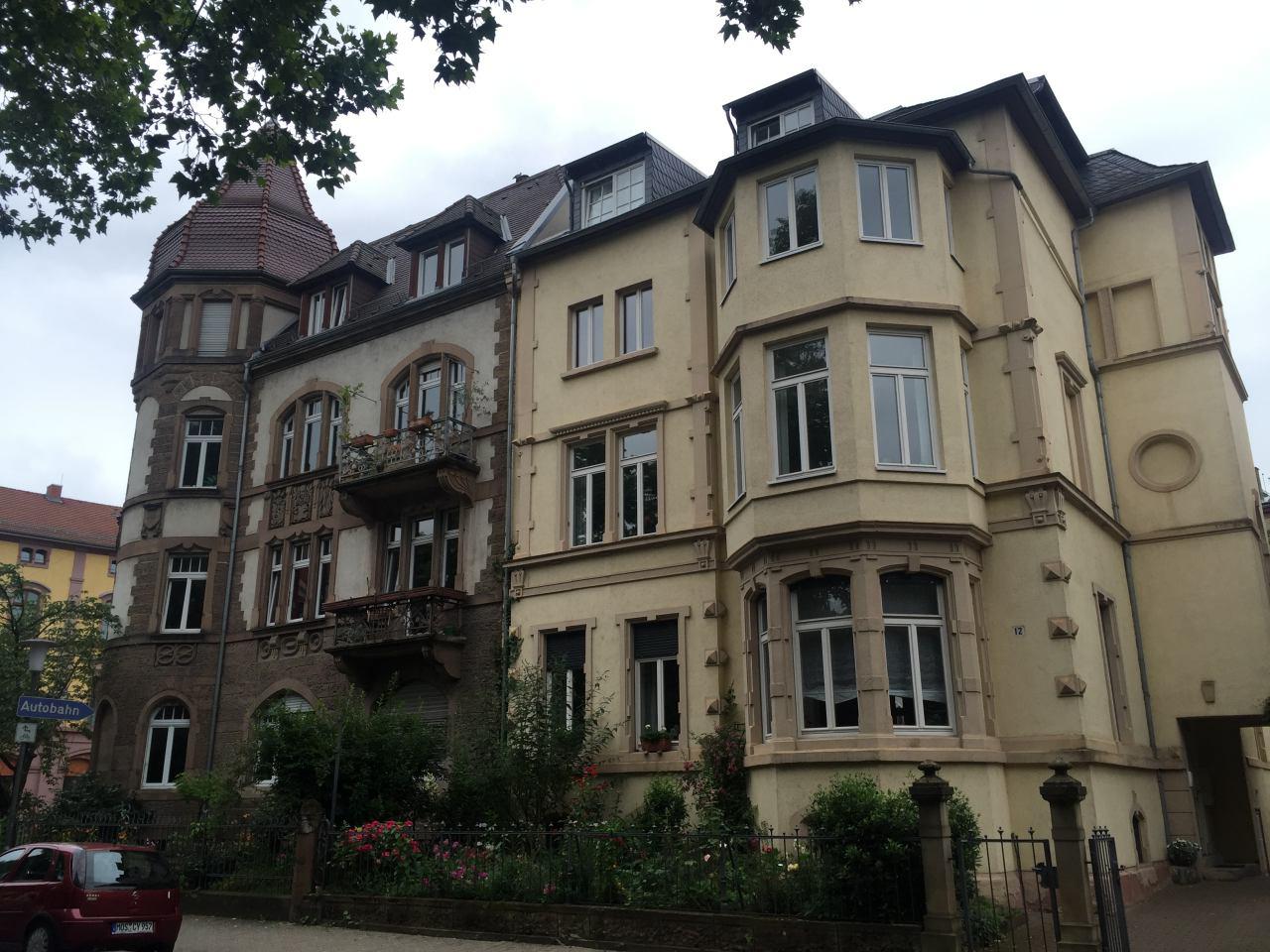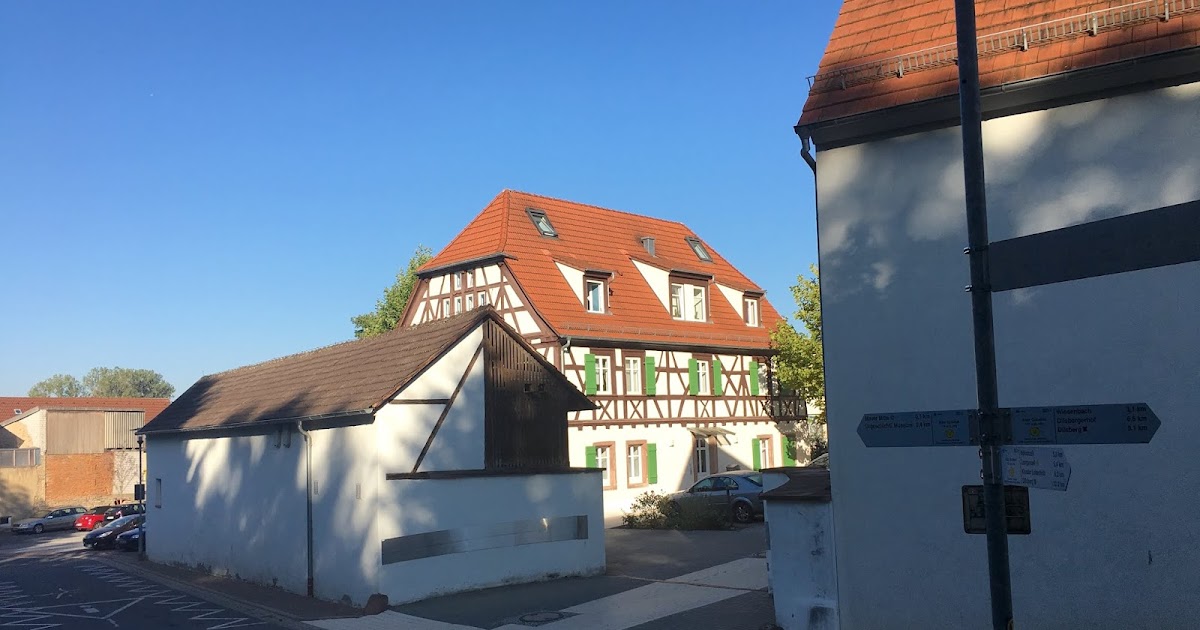60+ Heidelberg Mauer

The exact age of the mauer jaw is unknown but it is thought to be between 400 000 and 700 000 years old.
Heidelberg mauer. It was found in 1907 in a sand quarry in the community mauer around 10 km 6 2 mi south east of heidelberg. It has pool views and free wifi. Mauer on october 21st 1907 an approximately 600 000 year old well preserved lower jaw of a hominid was discovered in a sand pit in grafenrain near mauer about 15 km from heidelberg. The unique features of this mauer 1 jaw led to it being named a new species the following year.
He noted a lack of a distinct chin but conceded that it had clearly belonged to a human form due to the humanlike teeth. Homo heidelbergensis remains were found in mauer near heidelberg germany and then later in arago france and petralona greece. The mauer 1 mandible is the type specimen of the species homo heidelbergensis. The jaw had small human like teeth but was unlike modern human jaws in being extremely large and heavy boned.
Please refer to your specific location for details. The villa offers floor heating system. Heidelbergensis in the rösch sandpit just north of the village of mauer. It is heavily built and lacks a chin.
The mauer 1 mandible is the oldest known specimen of the genus homo in germany. This villa comes with 2 flat screen tvs 2 fully equipped kitchens a seating area 5 bathrooms and 5 bedrooms. Otto schötensack 1908 who wrote a formal description of the specimen treated its former owner as a species distinct from previously known forms. This mandiblewas nearly complete except for the missing premolars and first two left molars.
We can t wait to serve all customers again and hope to be fully operational in the coming weeks. Biomed x is an independent research institute located on the campus of the university of heidelberg in germany. The best evidence found for these hominins date between 400 000 and. In 1908 near heidelberg germany a workman found the type specimenof h.
In 1907 an ancient human jaw was discovered in a quarry at mauer a village near heidelberg germany. The type specimen mauer 1 a jawbone was discovered by worker daniel hartmann in mauer to the southeast of heidelberg germany and was described in 1907 by german anthropologist otto schoetensack. Together with our partners we identify big biomedical research challenges and provide creative solutions by combining global crowdsourcing with local incubation of the world s brightest early career research talents.










































